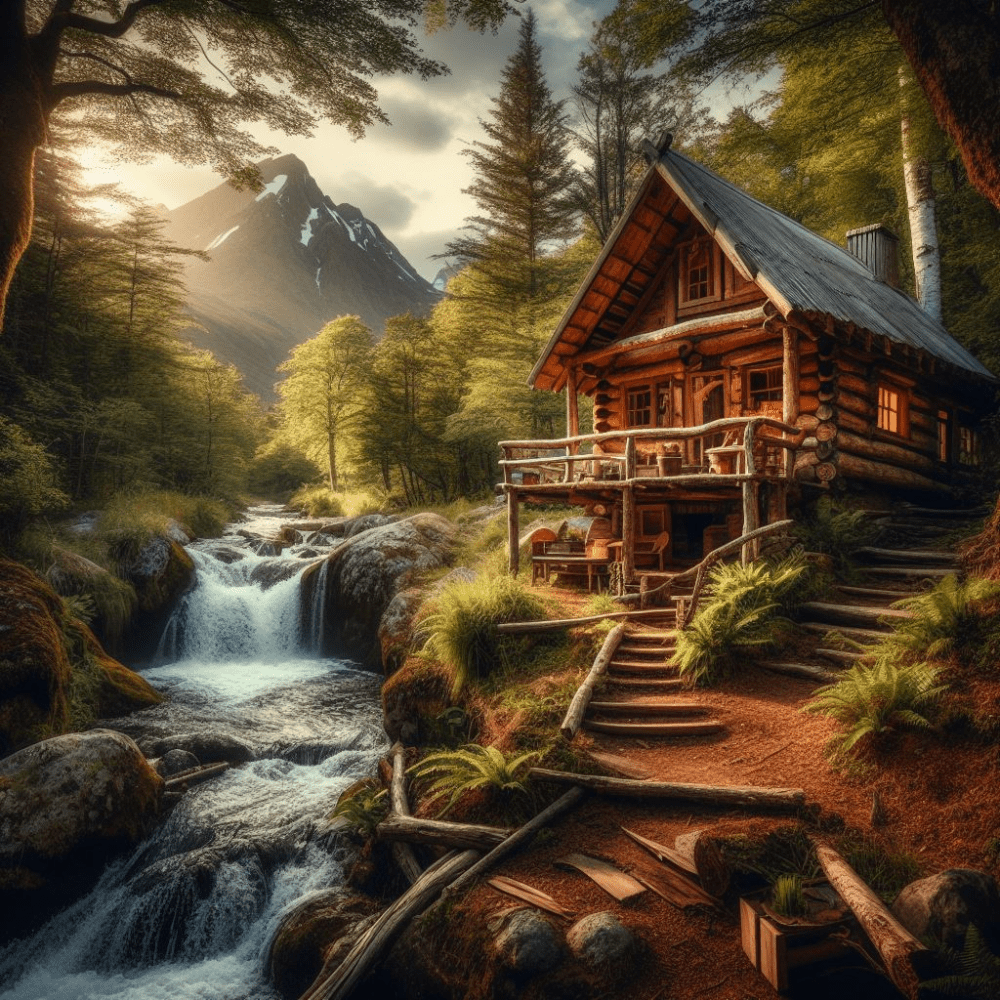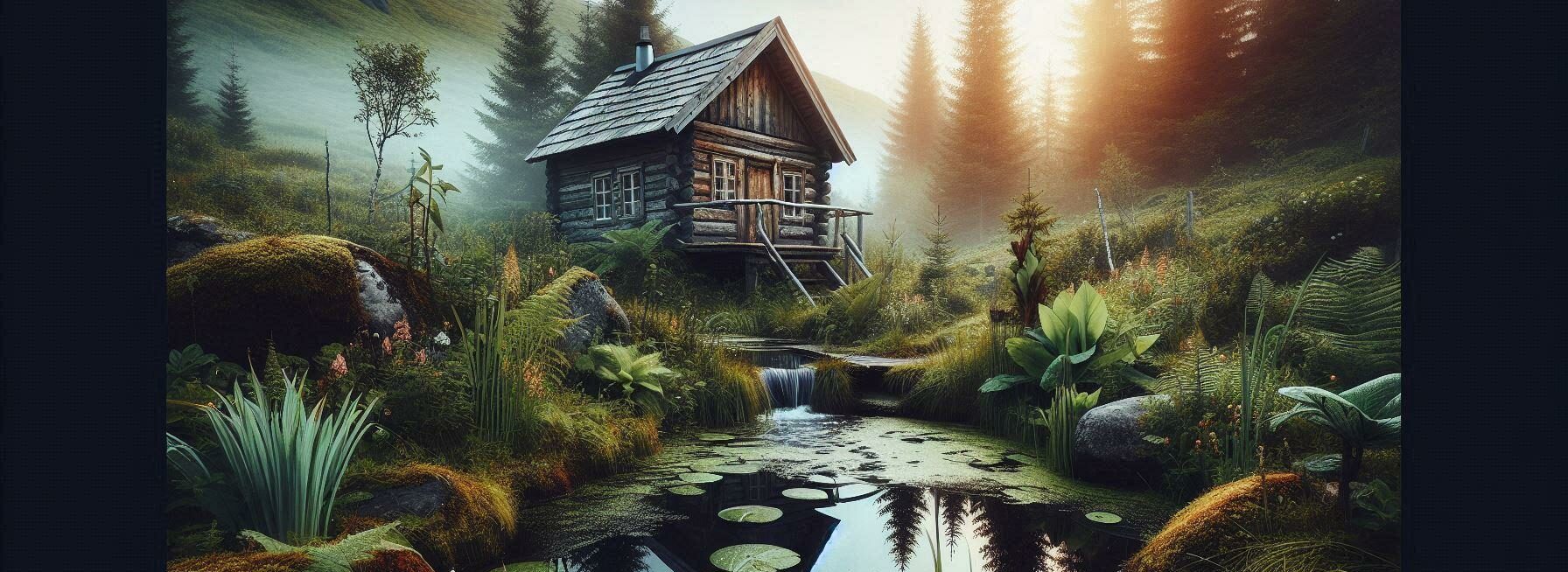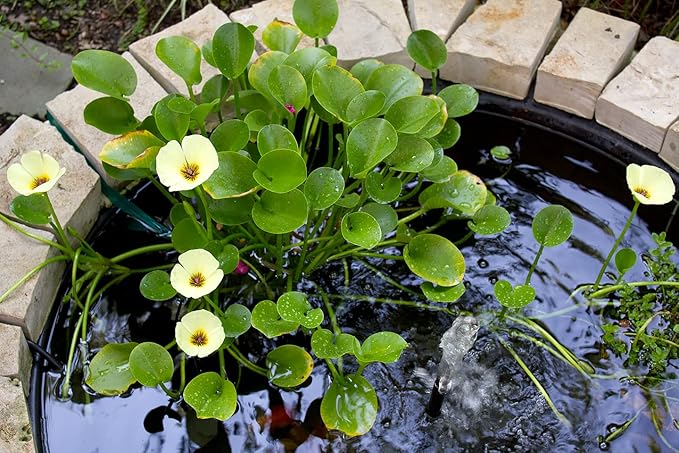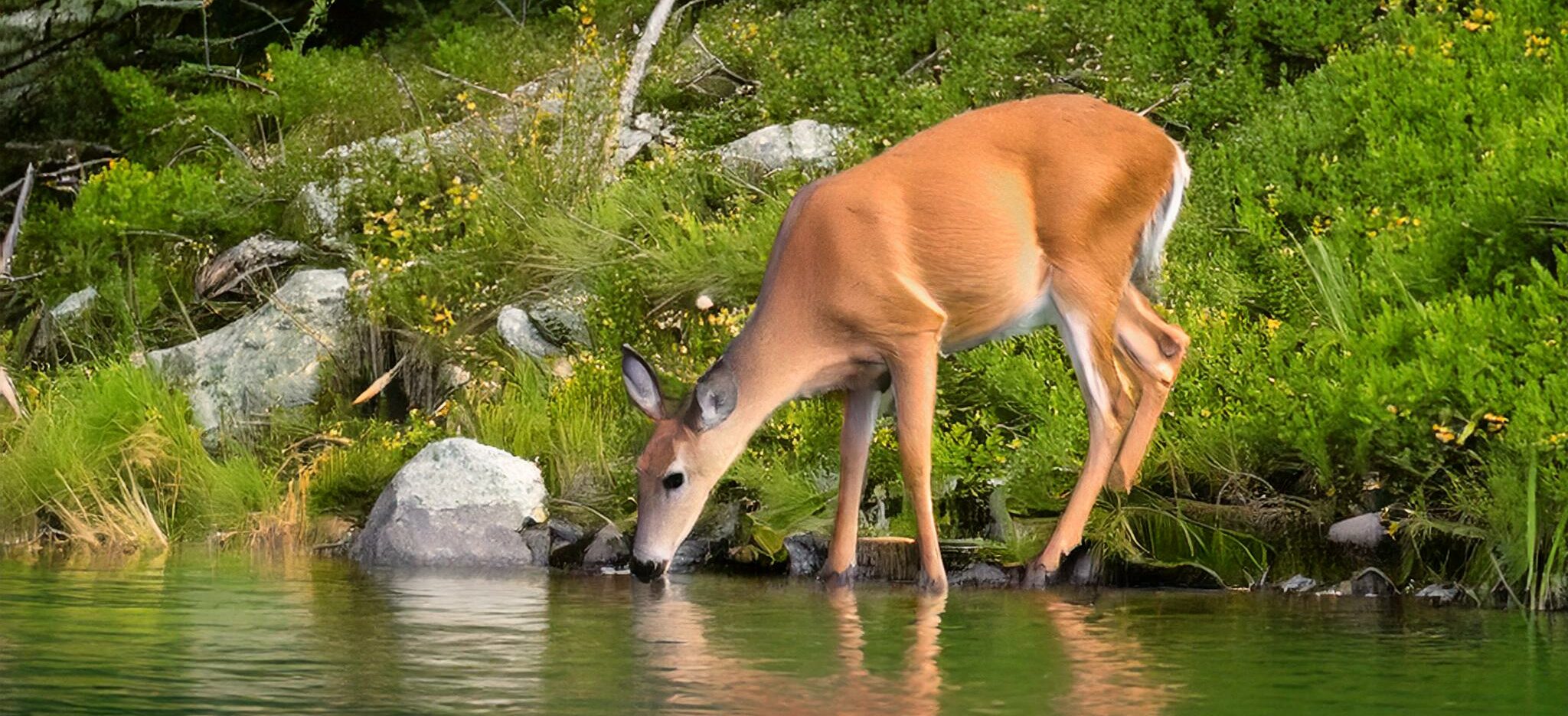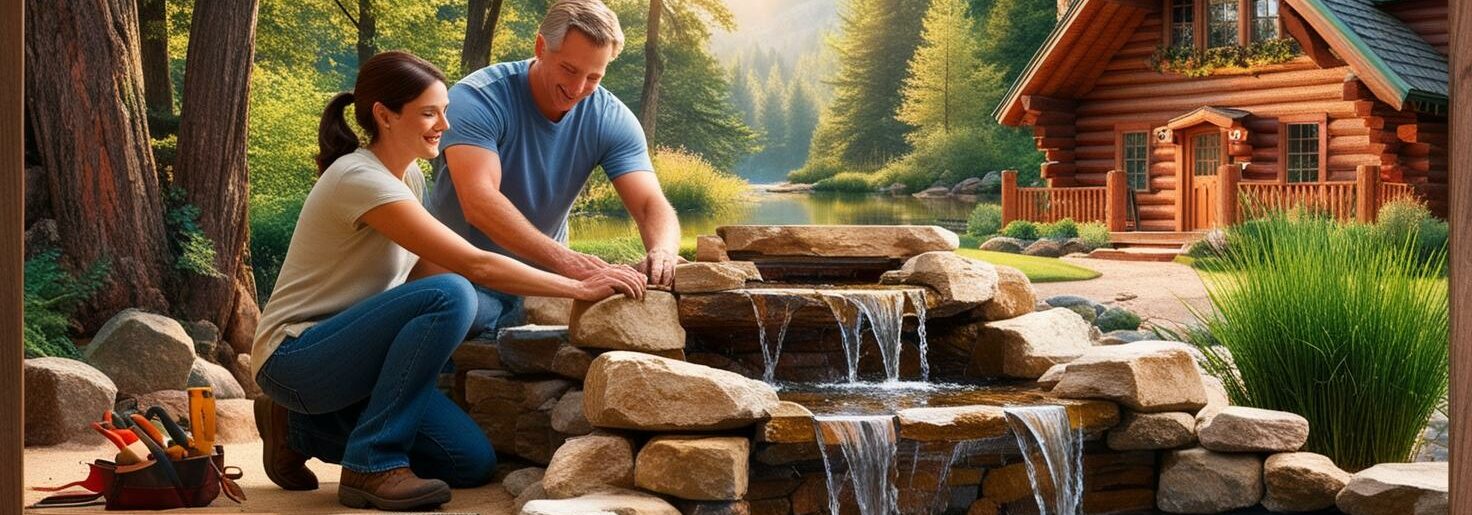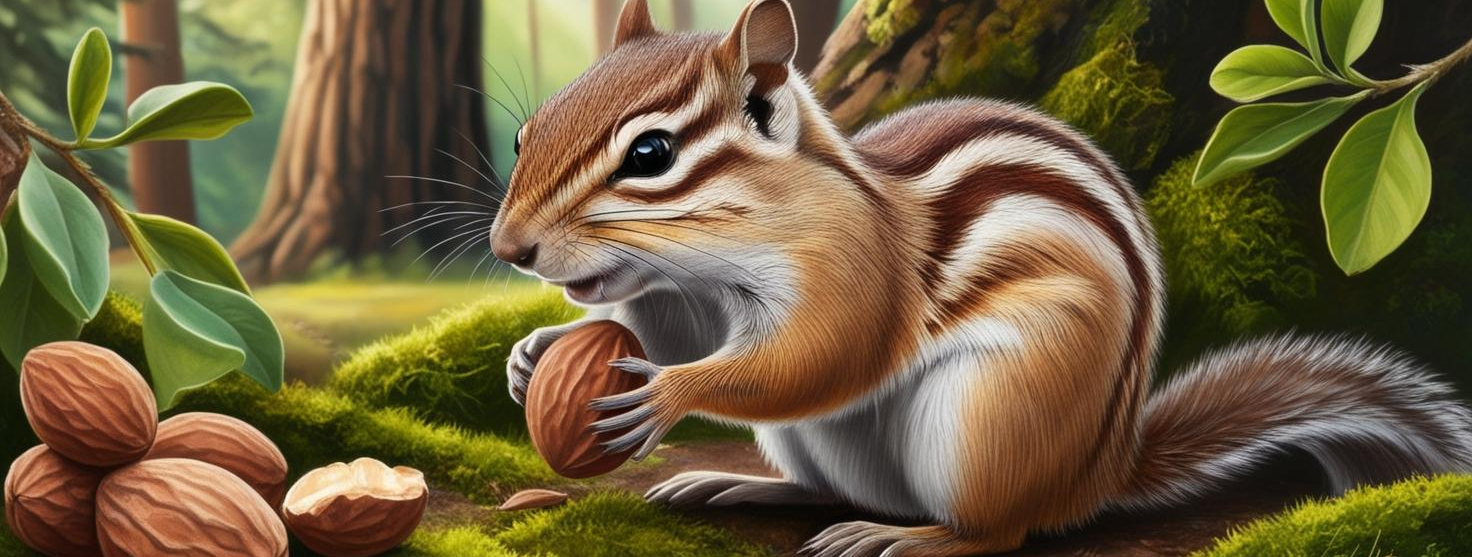You ever notice how some gardens just seem to hum with life? Native plants are usually the unsung heroes behind that magic. They fit right into the local ecosystem like puzzle pieces, inviting birds, frogs, and so much more to your pond. Having these on your side means you support the whole local critter crew.
Native plants offer not just beauty, but they play a game-changing role in pond ecosystems. We’re talking about plants that know the neighborhood well—they’ve got the whole “been there, done that” swag about surviving any local weather tantrums. Their presence naturally balances things out, whether it’s regulating water systems or harboring beneficial insects.
Biodiversity isn’t just a buzzword. It’s the secret sauce that helps create a self-sustaining habitat around your pond, allowing different species to thrive together. With native plants, you support a web of life—plants providing snacks for insects, which in turn become meals for fish and birds. It’s like setting the stage for a wildlife party, right in your backyard.
And here’s the kicker, native plants aren’t just a win for the wildlife—they’re a win for your to-do list. They’re low-maintenance by nature (pun intended). These plants have been around the block and know how to fend for themselves, which means less time spent on upkeep and more time enjoying the view and the visiting guests.
Top Aquatic Native Plants for Enhancing Wildlife Habitat
Imagine this: a pond bustling with all kinds of life, from the shimmering scales of fish to the buzz of vibrant insects. The secret ingredient? Some top-notch native plants. These aquatic champions know how to pull wildlife closer, luring in all sorts of critters looking for a place to call home.
Floating plants can be a pond’s best friend. Think of them as the pond’s natural sunscreen, providing shade and keeping the water cool for fish and frogs alike. Water lilies are a classic choice. They offer a serene surface habitat, while duckweed provides a lush, green carpet, perfect for little creatures to hide beneath.
I recommended this book on a previous post and I think it is worth mentioning again. CLICK ON THE PICTURE AND LIKE I SAID BEFORE, “LET’S GET YOUR POND GOING!”
Now, onto the submerged category. Ever heard of hornwort or the striking American pondweed? These guys not only oxygenate the water, crucial for fish and other aquatic life, but they also offer shelter and breeding grounds. Basically, they’re the unsung heroes performing a delicate balancing act under the water’s surface.
Emergent plants are another layer you can’t skip. Think cattails and bulrushes—standing tall, they rise above the water, offering everything from food to hangout spots for birds and bugs. They’re the missing link connecting the aquatic and terrestrial worlds, hosting a myriad of species.
Don’t forget about native plants that bring a pop of color to your pond. Iris and cardinal flower bring life and nectar, turning your pondside into a banquet for bees and butterflies. Picking the right mix of these native species doesn’t just boost your pond’s ecological health; it creates a vibrant, living panorama that delights both you and the wildlife.
Creating a Bird-Friendly Environment with Native Plants
Birds are like VIP guests in your backyard, and native plants are your secret to rolling out the red carpet. They pack the menu with seeds, berries, and nectar—basically, a full buffet that keeps our feathered friends coming back for more. Plants like the serviceberry and elderberry put out these tasty treats that birds just can’t resist.
Building a haven for birds means thinking like a designer. It’s about mixing up different plant heights and types to offer everything from dining to nesting options. Shrubs like the red osier dogwood alongside taller trees, such as the oak, create layers of habitat, meeting various bird needs while adding beauty to your pond’s backdrop.
Birds are always on the move, so making your space welcoming is key. Native plants not only cater to resident birds but also act as pit stops for migratory ones. For instance, chokecherry and spicebush stand out, offering essential fuel to help them on their long journeys.
Planning your planting with different seasons in mind means you’ll have an all-year attraction. From spring blossoms to winter berries, native options like winterberry and sumac ensure there’s always a reason for birds to keep your pond on their flight paths.
Mixing the right native plants together isn’t just about creating a sanctuary; it’s about fashioning an oasis where every visit is a song-worthy event. The diversity keeps the ecosystem humming along, inviting a wider variety of birds to stop by your pondside haven.
Sustaining Frog and Butterfly Populations with Native Flora
Ever watch a frog leap around or a butterfly flutter from flower to flower? Native flora make these delightful scenes a regular occurrence at ponds by setting the perfect environment. Some plants do more than just look good—they’re like stage managers for the entire ecosystem, hosting butterflies and providing the right conditions for amphibians.
Not sure where to start with putting plants in your pond? Here is a good start for you. JUST CLICK ON THE PICTURE BELOW AND SEE WHAT I FOUND:
Butterflies, with their colors and grace, are the garden’s crown jewels. To keep them around, plants like milkweed and asters provide the essential resources for both adults and growing caterpillars. They rely on these plants for food and as safe spots to transform from caterpillar to butterfly.
For the amphibians, the role of native plants shifts to that of a supportive habitat. Plants such as marsh marigolds and pickerelweed offer shade and protection, crucial for breeding frogs and salamanders. The leaves and stems serve as platforms and hiding spots, essential to their lifecycle.
Creating a range of plant structures—floating, submerged, and emergent—ensures a full menu of shelters for frogs and butterflies. This ecological diversity is a magnet, sustaining various species and maintaining the balance in your pond’s community.
Keeping invasive species at bay is the last piece to the puzzle. They often crowd out native plants, disrupting the natural party for your frogs and butterflies. Choosing native over invasive means fostering an environment that’s welcoming to all the right wildlife, keeping the ecosystem lively and active.
